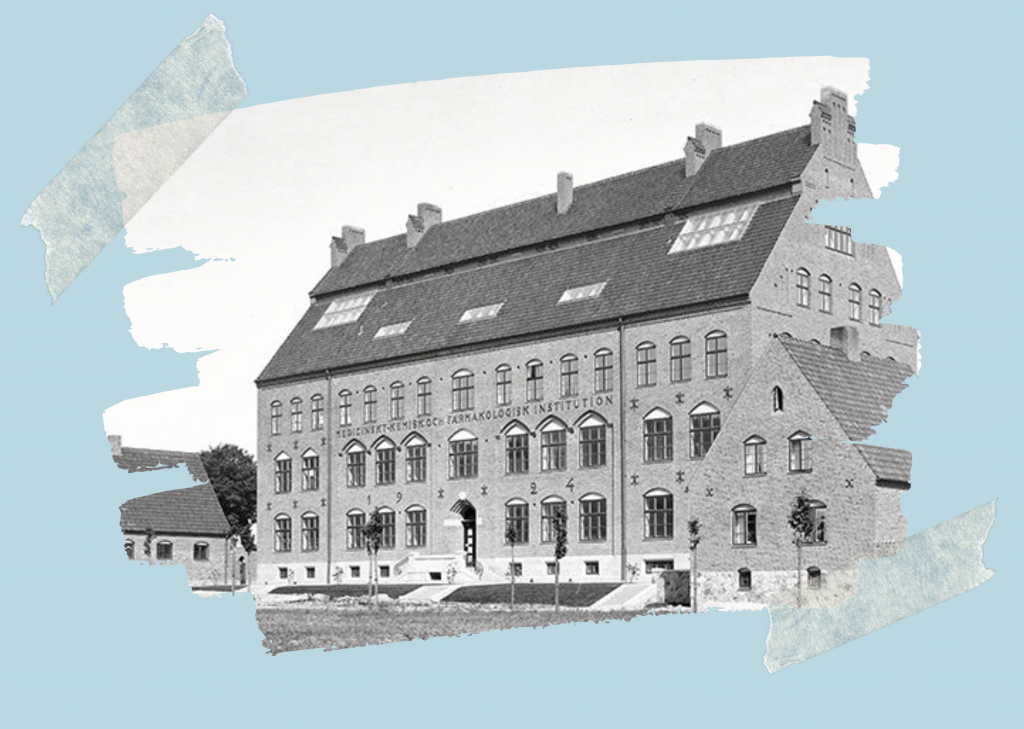
“Lundensare”

Nobel Prize winner Arvid Carlsson (1923-2018) did not receive the prestigious Nobel Prize while living or working in Lund – but he is an alumnus!
Carlsson grew up in Lund (which could clearly be heard in his Lund accent) and in 1951 he became a doctor of medicine at Lund University. He was employed as an associate professor of pharmacology and in 1959 he left for Gothenburg, where he spent 30 years working as a professor of pharmacology.

Sölvegatan 10

In 2000, Arvid Carlsson received the Nobel Prize in Physiology or Medicine for his discoveries concerning signal transduction in the nervous system, in particular the neurotransmitter dopamine. It was at number 10 Sölvegatan, at “Gamla Farmakologen”, that Carlsson, along with Margit Lindqvist, Tor Magnusson and Bertil Waldeck laid the foundations for what would later become the Nobel Prize-winning discovery. In honour of this, there is a commemorative plaque on the building.

The basal ganglia and our muscle movements

Previously, it was thought that dopamine was simply a precursor of another neurotransmitter, norepinephrine. However, Arvid Carlsson developed a refined method of chemical analysis that made it possible to measure dopamine levels with great accuracy. He then discovered that dopamine was concentrated in different parts of the brain to norepinephrine, which led him to conclude that dopamine itself could function as a neurotransmitter. Dopamine was found in particularly high concentrations in the parts of the brain known as the basal ganglia, which have a significant role in controlling our muscle movements.

Reserpine studies

Carlsson made use of the substance reserpine, obtained from the root of the medicinal plant Rauwiolfia serpentina, also known as “Indian snakeroot”. When he gave reserpine to laboratory animals, they lost their capacity for spontaneous movement. He then treated the animals with L-DOPA, a precursor to dopamine that is transformed into dopamine in the brain. The animals’ symptoms disappeared so that they were once again able to move normally. Animals that were instead treated with a precursor to the neurotransmitter serotonin did not improve, however.

Medication for Parkinson’s disease

The symptoms reserpine caused in the laboratory animals were reminiscent of symptoms experienced by patients suffering from Parkinson’s disease. This led to being able to demonstrate that patients with Parkinson’s disease had abnormally low levels of dopamine in the basal ganglia. As a result, L-DOPA was developed as a medication. To this day, L-DOPA remains the principal treatment for Parkinson’s disease.

Antipsychotic and antidepressant medication

Arvid Carlsson’s discoveries have improved understanding of how other medications work. His research made a great contribution to the development of the new generation of antidepressant medication, known as Selective Serotonin Reuptake Inhibitors (SSRIs). His research also demonstrated that antipsychotic medications, used primarily in the treatment of schizophrenia, affect the transmission of signals via dopamine by blocking dopamine receptors.

Lund – the global hub

Ever since the discovery of the neurotransmitter dopamine in the 1950s, Lund has been a global hub for Parkinson’s research. Multipark is a transnational research network that stretches from preclinical research to studies of life circumstances for patients with Alzheimer’s and Parkinson’s as well as related brain diseases. Multipark is built on a strong collaboration between Lund University and Skåne University Hospital, with support from the University of Gothenburg.
Read more about Multipark
MultiPark (Multidisciplinary research focused on Parkinson´s disease) is a strategic research area (SRA) supported by the Swedish Government.

